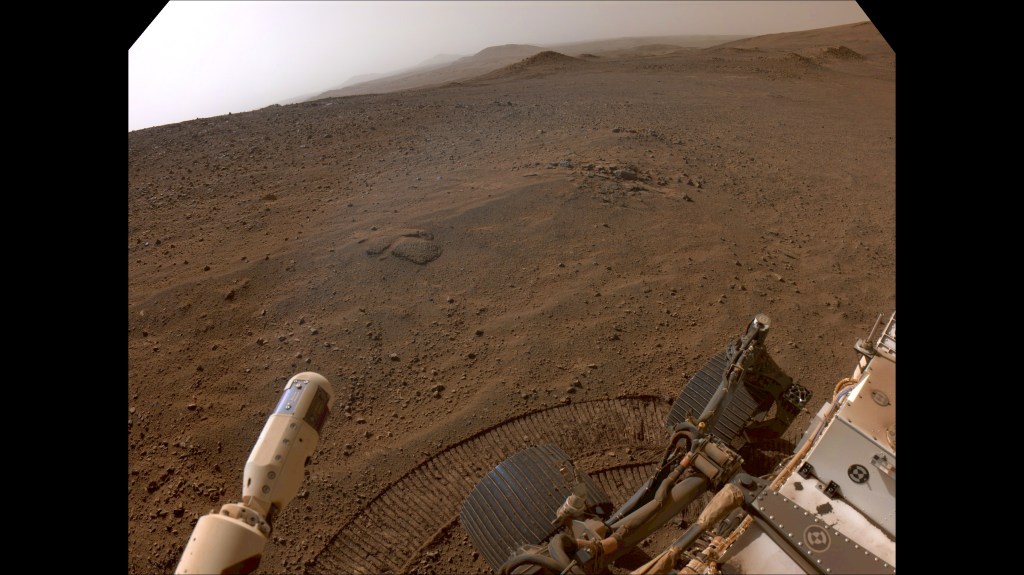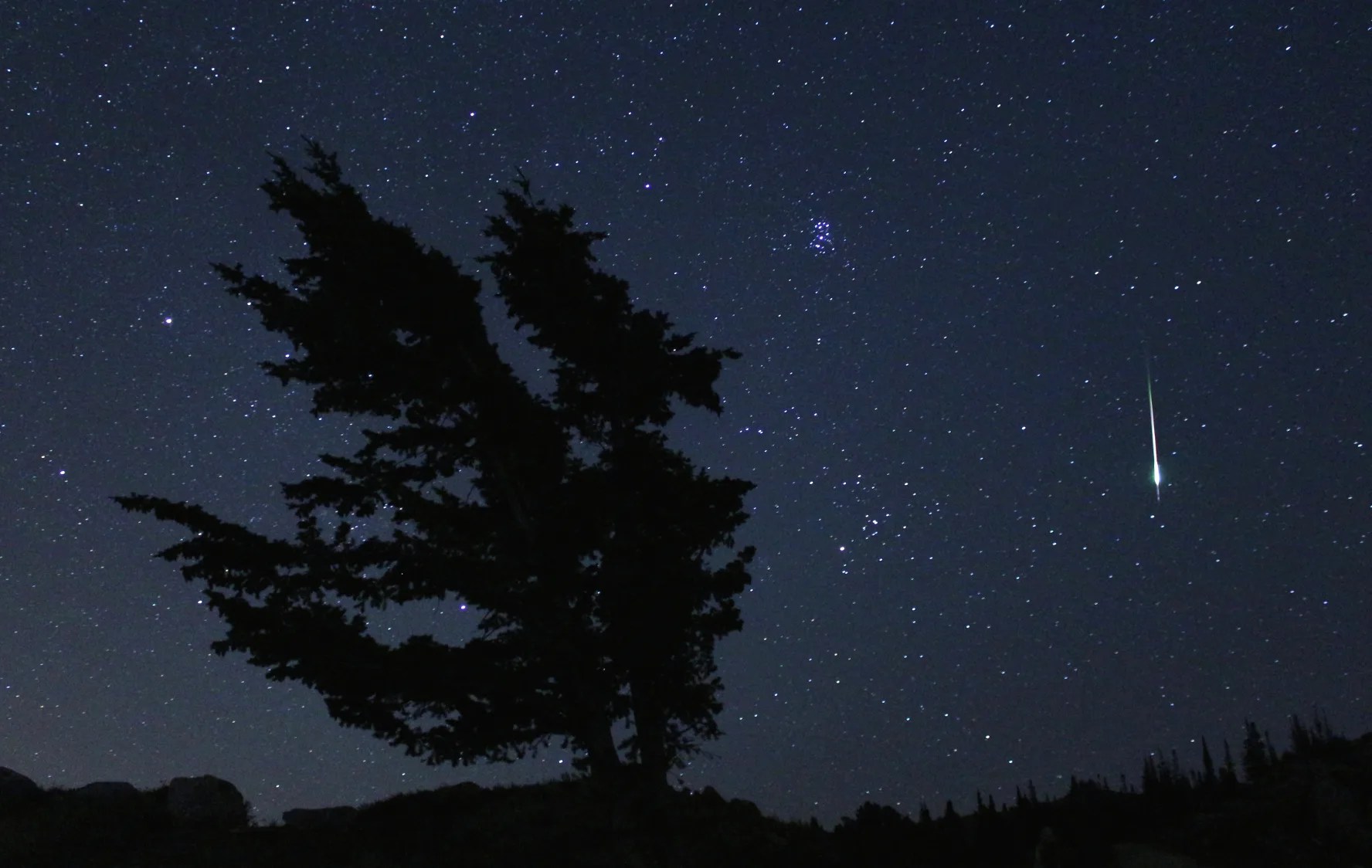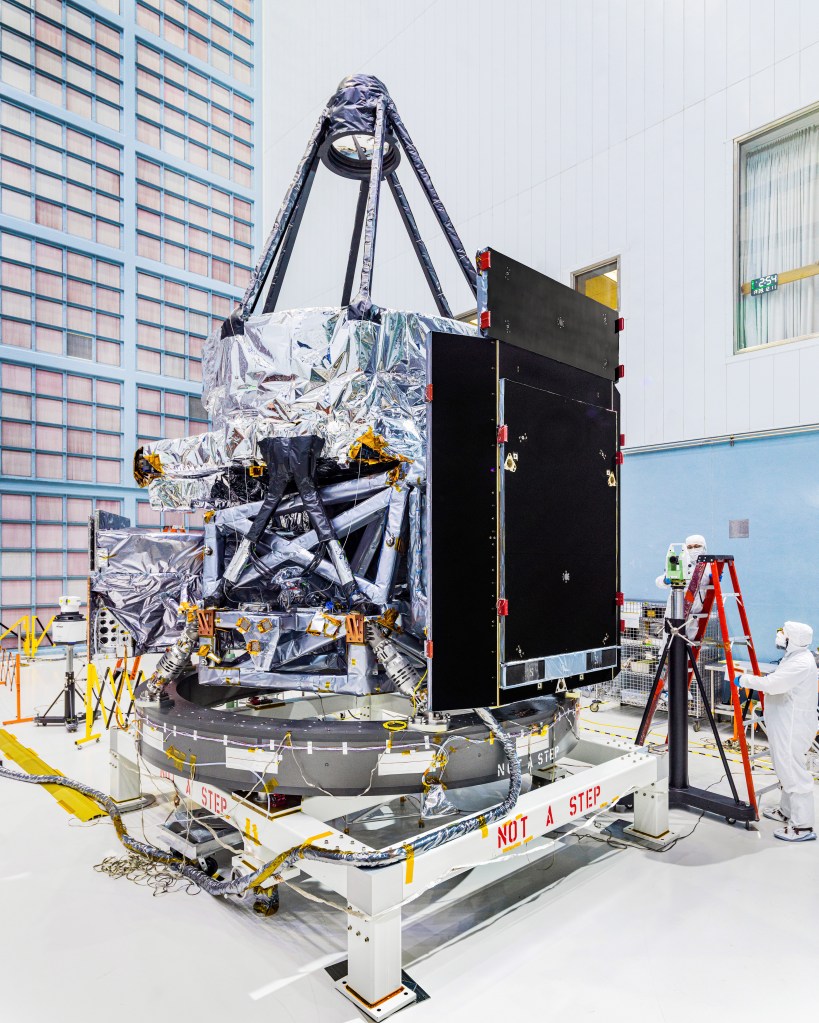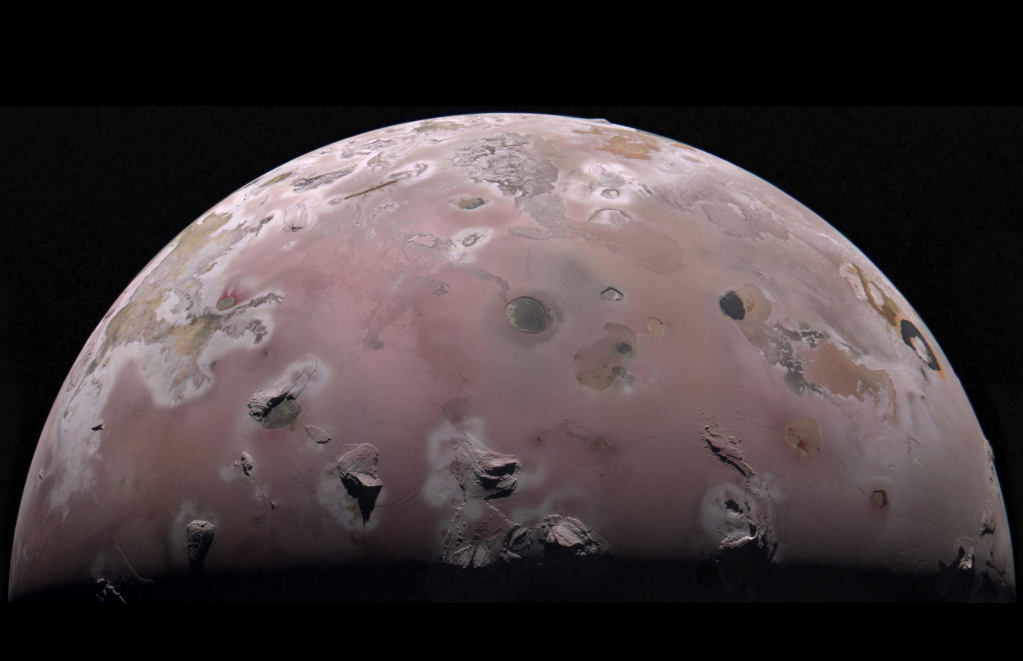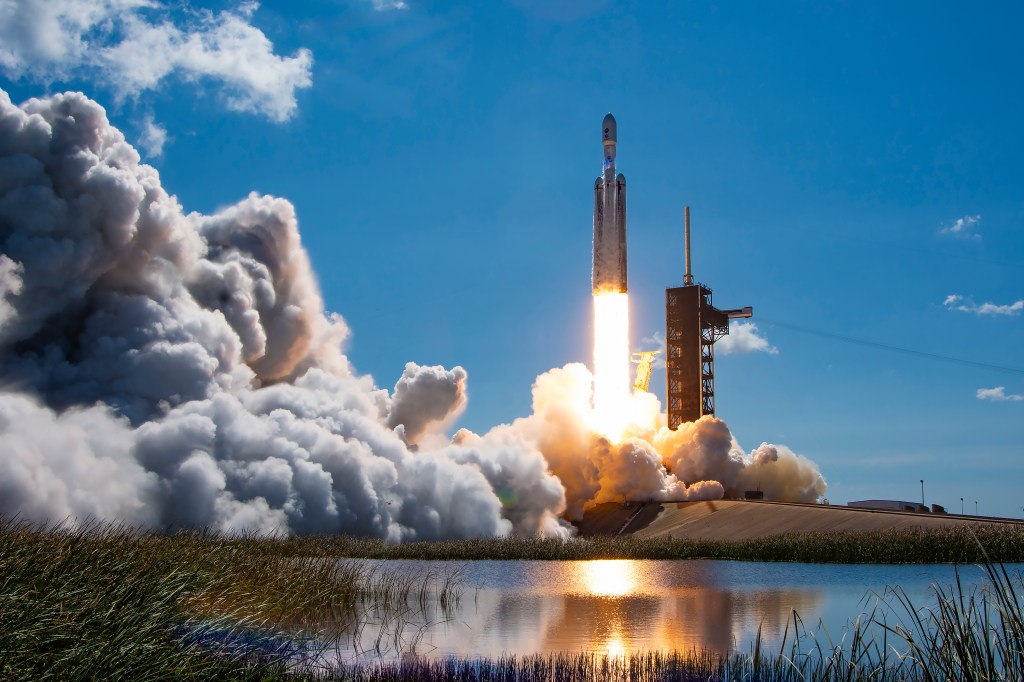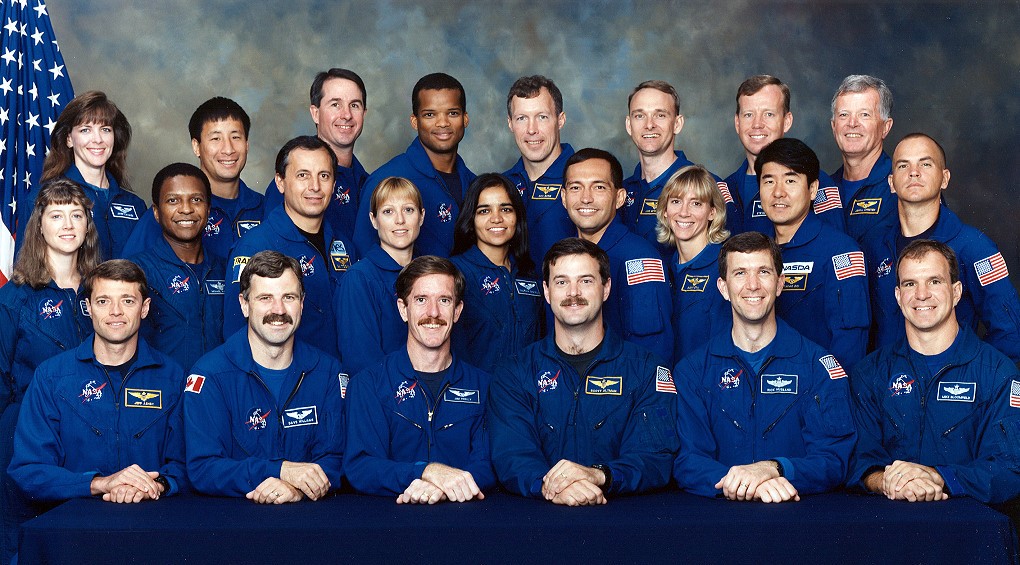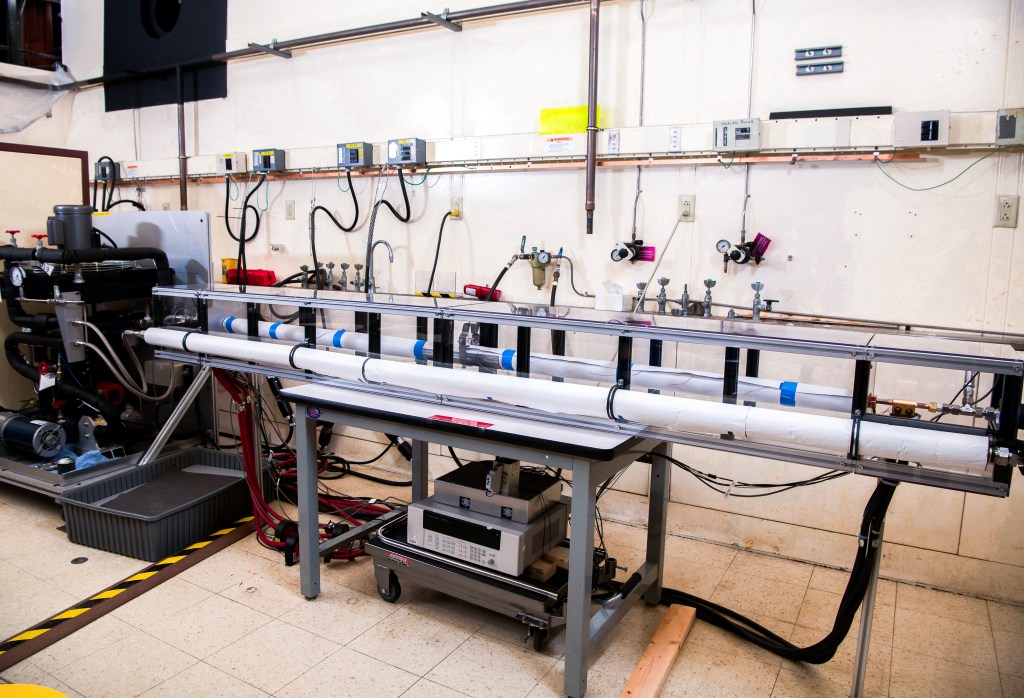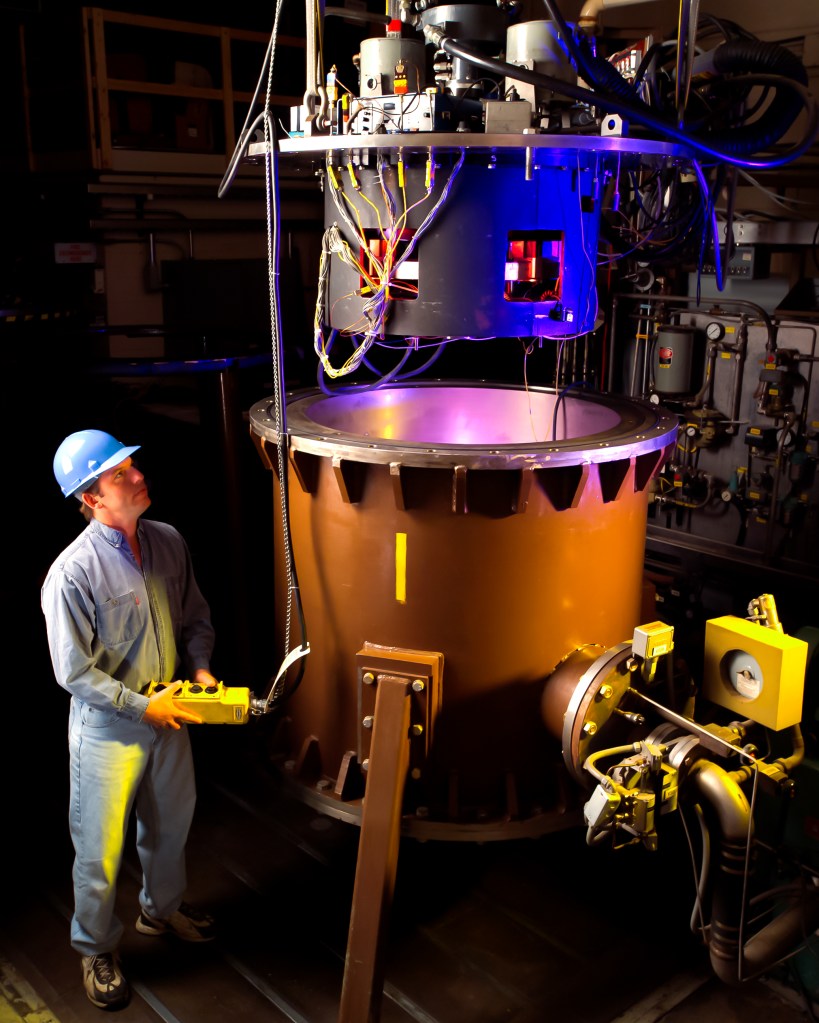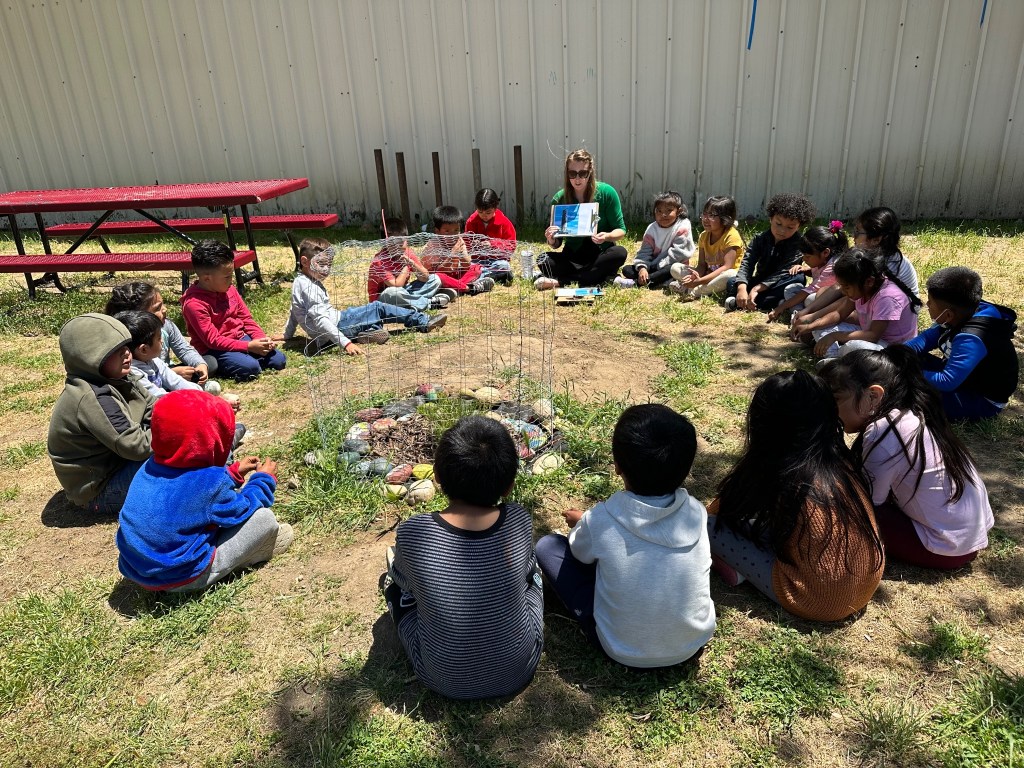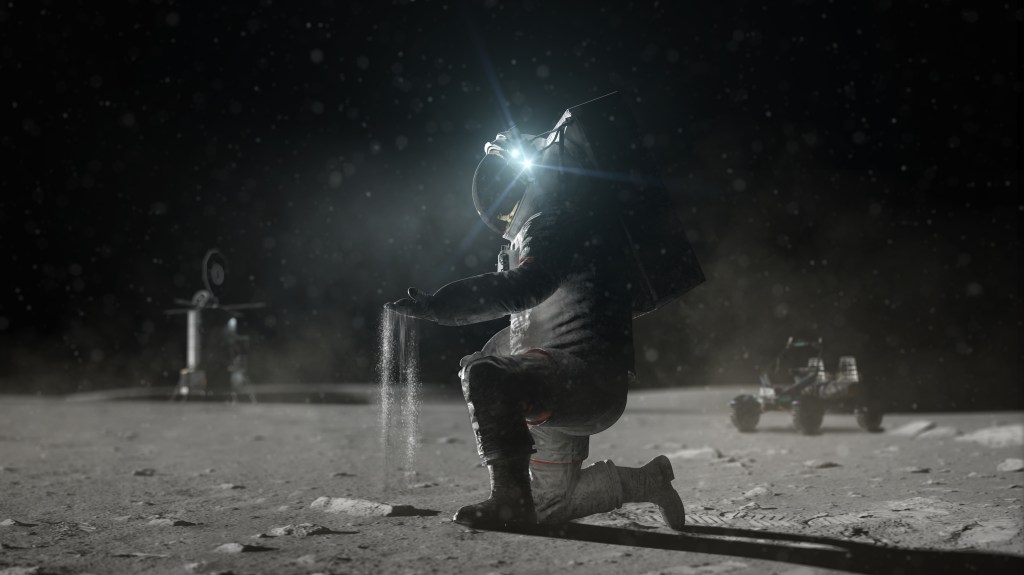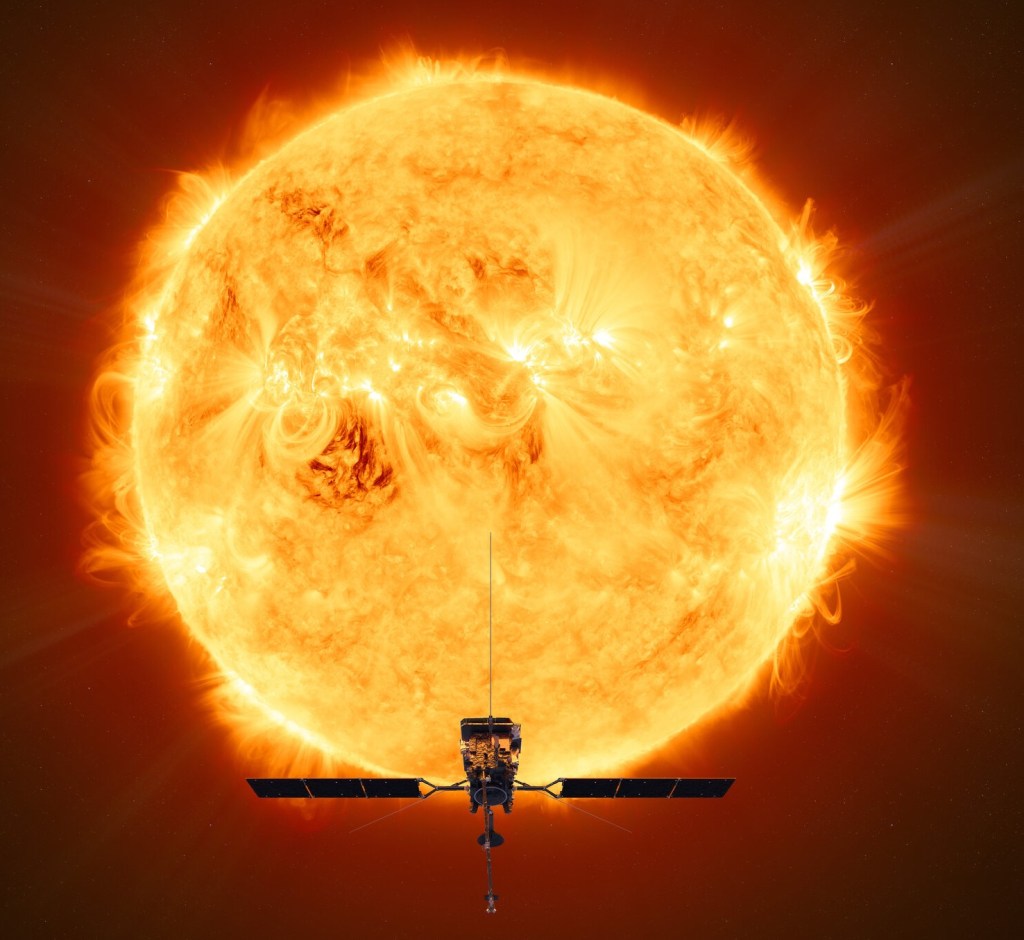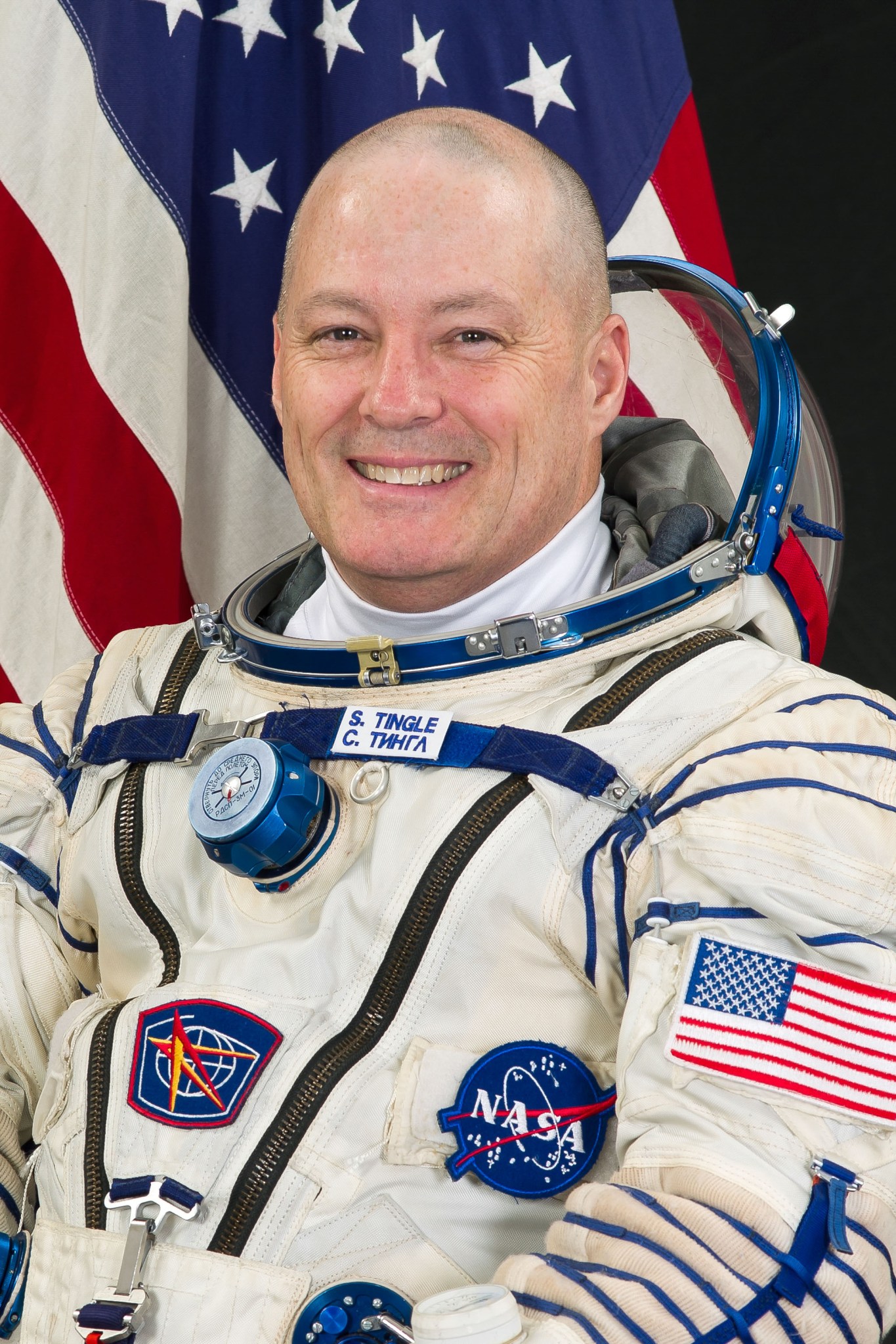Students from six schools in Alamogordo, New Mexico, will speak with a NASA astronaut living, working and doing research aboard the International Space Station at 11 a.m. EST Wednesday, Feb. 21. The 20-minute, Earth-to-space call will air live on NASA Television and the agency’s website.
Middle and high school students will travel to Alamogordo High School for the call to Expedition 54 astronaut Scott Tingle aboard the space station, posing questions about life aboard the orbital outpost, NASA’s deep space exploration plans, and doing science in space.
Tingle arrived Dec.19 and is scheduled to return to Earth in June.
The New Mexico Museum of Space History (NMMSH) has collaborated with the Alamogordo Public School and the New Mexico School for the Blind and Visually Impaired for this event. NMMSH is a state museum chartered to educate the people of New Mexico and visitors in the history, science and technology of space.
Students have been preparing for the event by forming teams to design and build simple apparatuses or experiments involving fluid management, combustion, or crystal growth to compare performance in a 1g vs simulated microgravity environment. Some 1,500 students and teachers are expected to be on-site at Alamogordo High School during the downlink with 4,000 more watching virtually in school auditoriums throughout Alamogordo Public Schools.
Media interested in attending the event should contact Cathy Harper via email at cathy.harper@state.nm.us or phone at (575) 437-2840. NMMSH will host the event at Alamogordo High School, 103 Cuba Avenue in Alamogordo.
Linking students directly to astronauts aboard the space station provides unique, authentic experiences designed to enhance student learning, performance and interest in science, technology, engineering and mathematics (STEM). This in-flight education downlink is an integral component of NASA’s Year of Education on Station, which provides extensive space station-related resources and opportunities to students and educators. Astronauts living in space on the orbiting laboratory communicate with the Mission Control Center on Earth 24 hours a day through the Space Network’s Tracking and Data Relay Satellites (TDRS).
Follow the astronauts on social media:
See videos and lesson plans highlighting research on the International Space Station at:
-end-
Sean Potter
Headquarters, Washington
202-358-1600
sean.potter@nasa.gov
Kelly Humphries
Johnson Space Center, Houston
281-483-5111
kelly.o.humphries@nasa.gov

